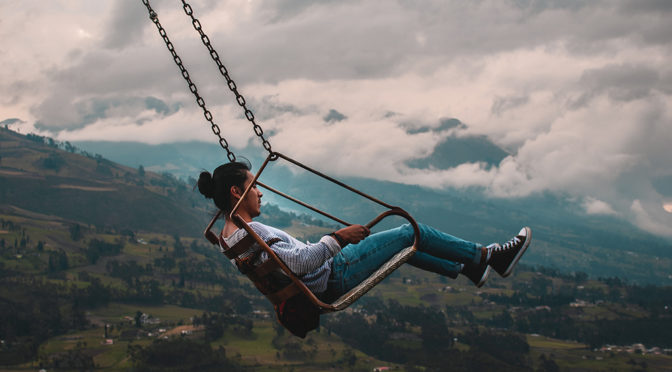Image by Brian Catota
In this article we are going to explain the different types of framing techniques that you can use on your pictures. In some previous articles we explain how to set your camera to take great pictures:
GUIDE FOR LIGHTING IN PHOTOGRAPHY
38 PHOTOGRAPHY TIPS TO USE ON YOUR STREET AND CANDID PICTURES
But the photographer also has to know where to point the lens of the camera. So we are going to chat about the principles of composition in photography and learn how to lead your viewer’s eye to your subject or whatever focal point you want them to look at.
Simplification
The easiest way to have a clear and strong composition is to keep things simple. Stay focused on a single target by using a narrow depth of field or by removing distracting elements that can steal the focus of your main theme. The sooner you determine the focal point of your image, the more time you spend appreciating it and deciphering the message behind it.

Filling the Frame
For this technique, zoom your object to strengthen your composition. Doing so allows focus to fall on the subject, such as a person’s facial expression or details, which may not be easily perceptible to the naked eye. As an added benefit, it will help you get rid of the distracting elements in the background and can even give you interesting abstract patterns.
Cropping during further processing also works to make the photo look like a close-up shot, but you run the risk of significantly reducing the resolution of your image.
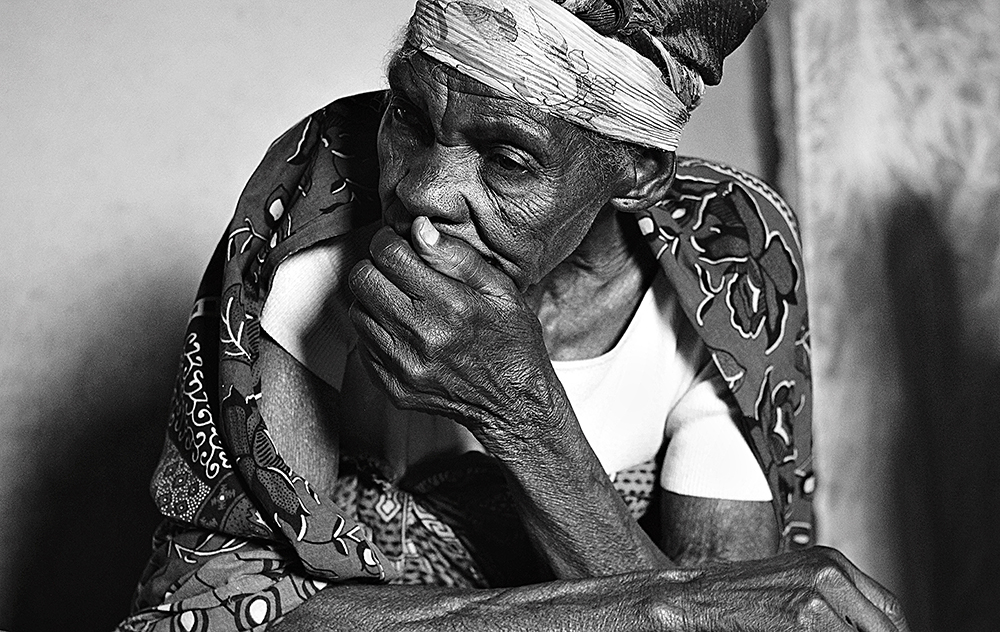
Rule of Thirds
If you have attended at least one photography class, chances are you have learned about the rule of Thirds. This basic composition technique is based on the idea that placing your subjects outside the center produces a stronger, more natural-looking composition and allows you to make creative use of negative space.
Following the rule of Thirds also serves as the perfect opportunity (or excuse) to shoot your subjects from different angles, which ultimately allows you to capture more unique images.

Framing
This compositional technique involves the use or addition of frame elements to emphasize and direct the viewer’s eye towards your theme or simply to add interest to your image. It can be anything from natural frames like rock formations or artificial ones like windows and tunnels. As long as it helps to focus on the intended theme, it is intended to create a more aesthetically pleasing image.

Color and contrast
Another technique involves using color to create stunning pictures and strengthen the message behind your images, to get clear and beautiful images.
Complementary colors (such as blue and orange sunsets) are also great for creating a stunning, well-balanced image. You may also want to play with color temperatures to produce interesting results or use certain shades to evoke various emotions, such as happiness with bright yellows and mystery with darker shades.
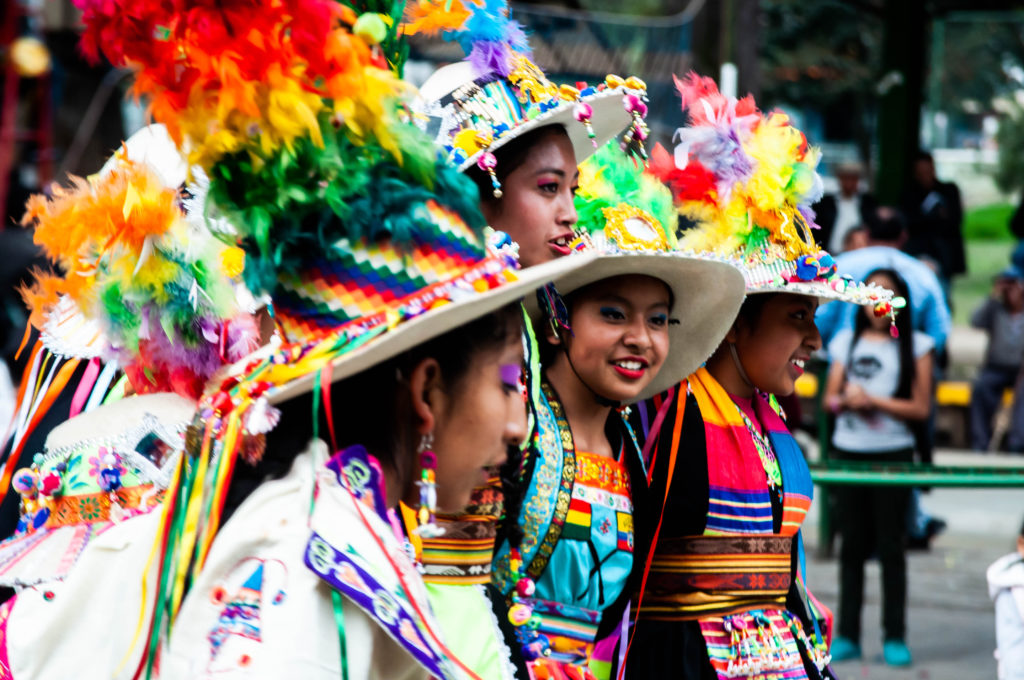
Contrast
Contrast works similarly in improving its composition, even more so for monochrome images. It can also be used to make your theme stand out, simply surround it and fill the frame with lighter colors, or vice versa. Monochrome images such as sepia and black and White also rely on contrast to reveal their details and textures.
When opting for tonal contrast, it is important to keep in mind that darker areas tend to be “heavier” in the eyes, so balance them by adding larger, lighter areas.
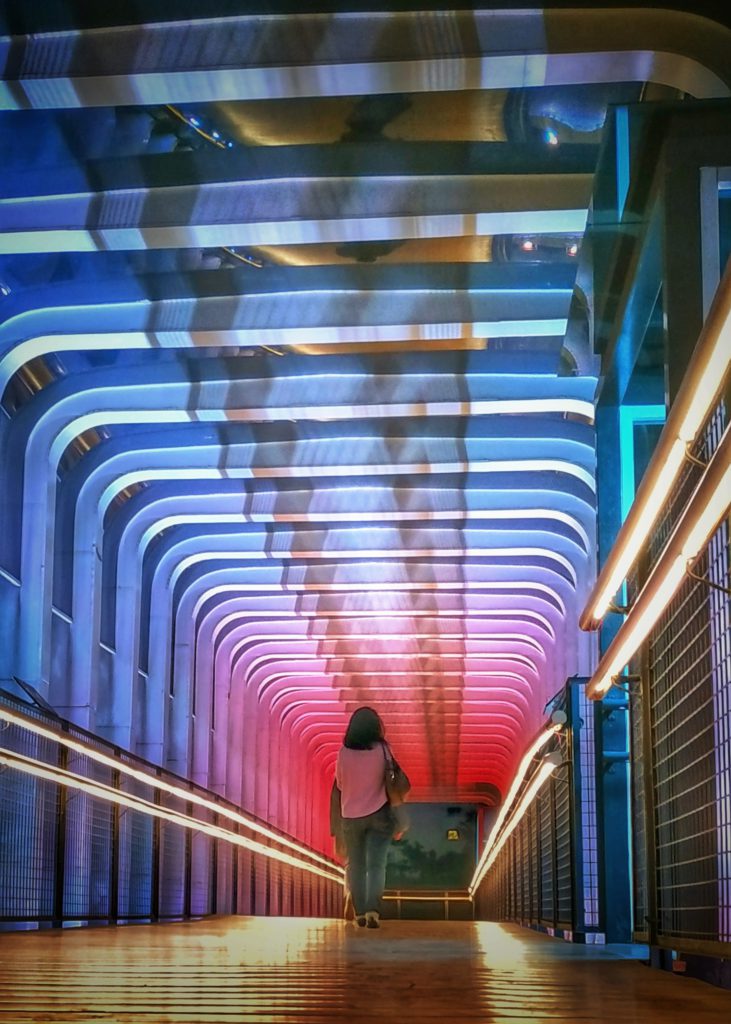
Leading Lines and Shapes
Other important elements of art that our eyes are naturally attracted to are lines and shapes. Use them to your advantage by allowing them to change the way their audience sees their image. The lines have a natural way of guiding the viewer’s eyes, making them the perfect element to help draw attention to the desired focal points.
Roads, bridges and even corridors are great for showing a linear perspective, as they have lines that become narrow to the other end, which can lead to the eyes to where their main themes (such as buildings, the sky or even a person standing by the door) may be.
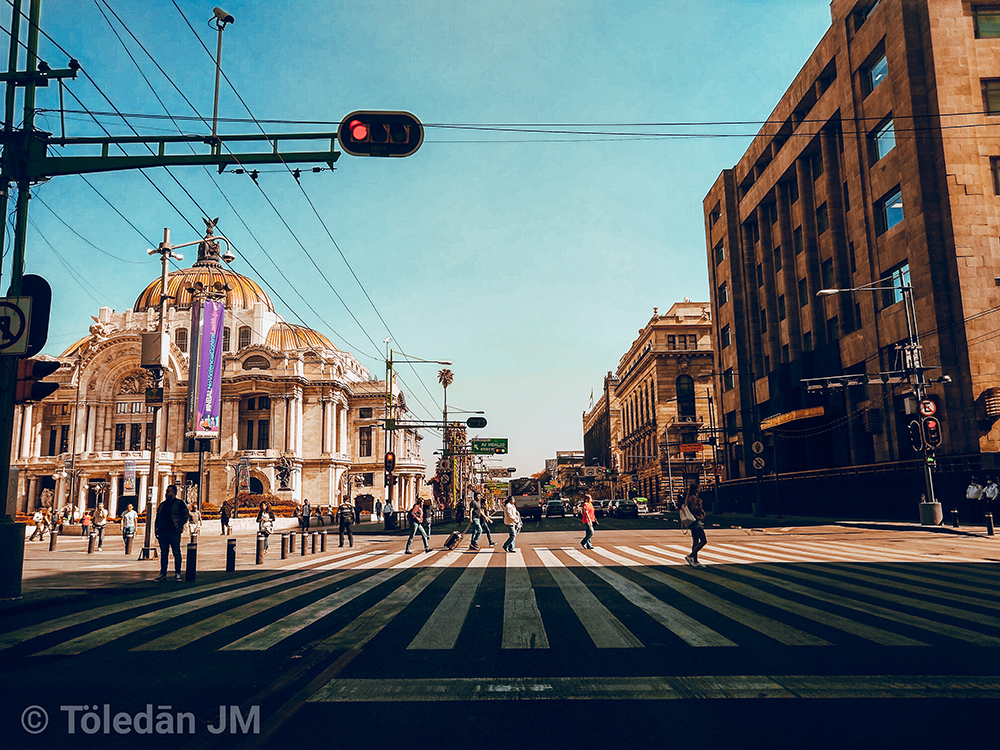
Symmetrical Balance
Symmetry is a widely taught composition technique used to create visual balance in your photos. We unconsciously seek symmetry in all things, and a picture with elements that are almost perfectly balanced usually makes a very attractive image.
Asymmetrical Balance
When executed correctly, even a visually unbalanced image can become an interesting photo. As much as we find pleasure in looking at something symmetrical, there is something disturbing but intriguing about an image that doesn’t seem to “follow the rules”. This informal balancing technique is much more difficult to achieve, but it improves with practice.
To achieve asymmetry, try to include two different or contrasting subjects or elements and place them outside the center (following the rule of Thirds). They can be anything: two different objects, two of the same object that differ in size or color, uneven but balanced amounts of light and dark tones, or two different concepts
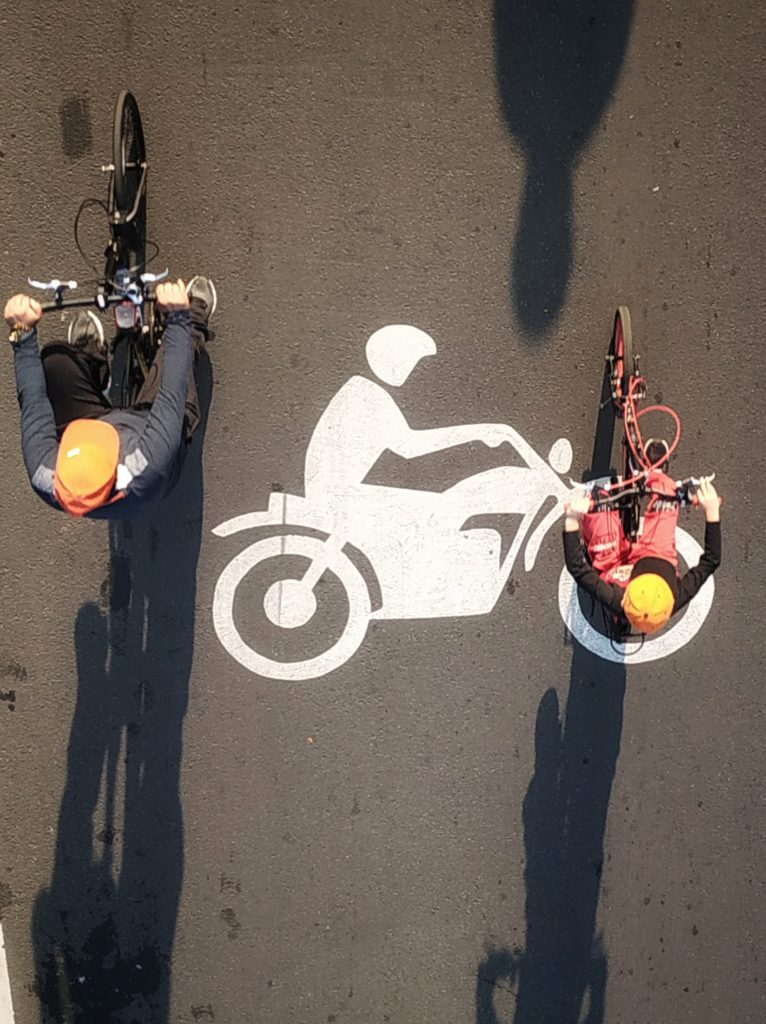
Depth and Layering
Adding layers to your composition involves including other elements at different distances from the camera to add depth to an image. What this does is it allows the viewer’s eye to be guided through the image (similar to the main lines) and bounce from one element to another. The effect becomes more visually appealing when you have at least three dominant layers in the image: the foreground, the middle and the background.
In this technique, your subject can be in the foreground, middle or background, depending on where you set your focus. In case the elements are fixed, as in the photo below, a simple change of perspective can alter the size of your foreground relative to the layers in the background.
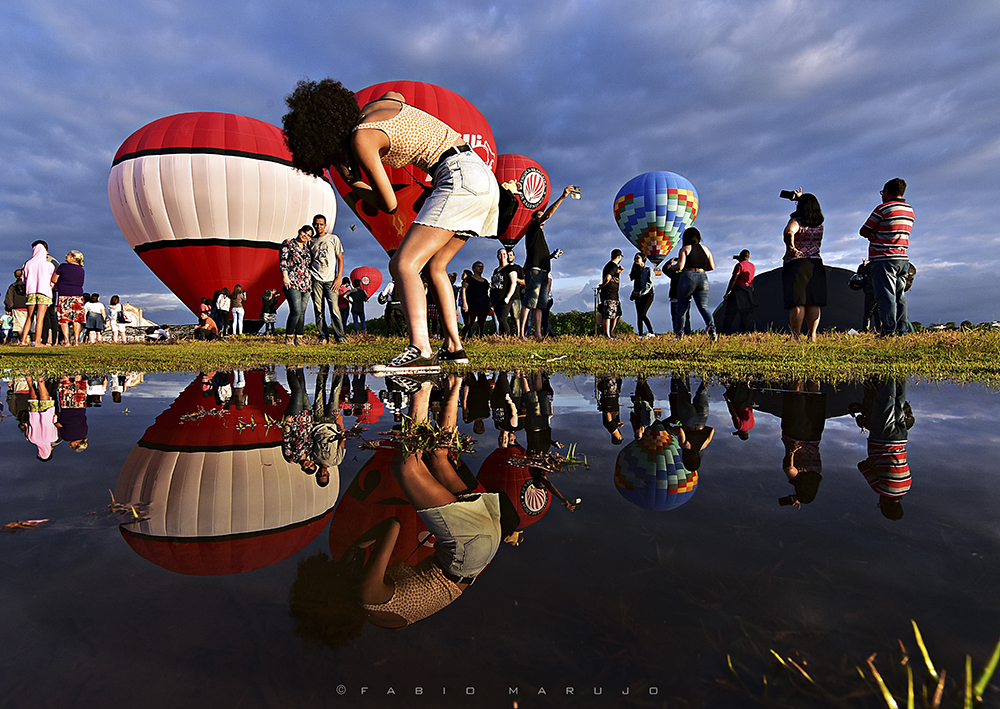
Font: Adorama
